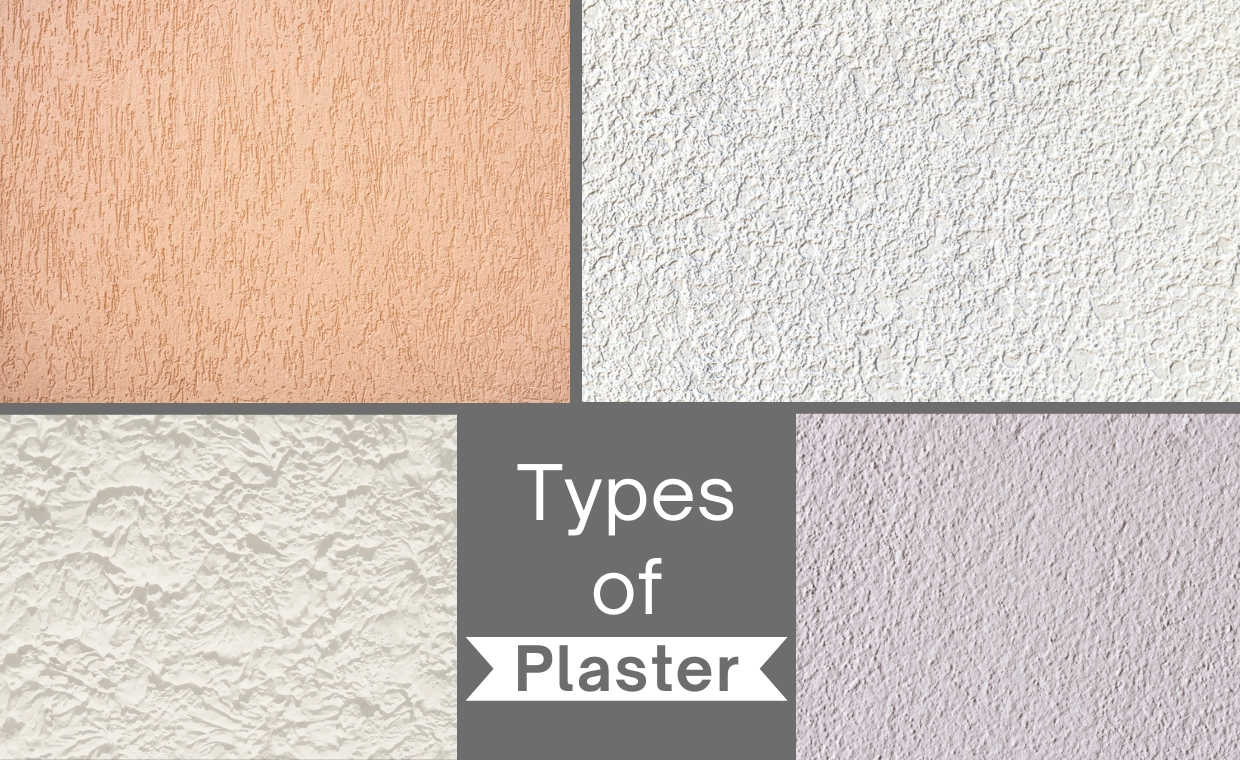
Hempcrete is a healthy building material made out of hydraulic lime, water and industrial hemp. Hempcrete makes a splendid building insulation material as it has a range of desirable thermal, structural and moisture-handling properties. Depending upon the various amalgamations and with desired permutations and combinations, hempcrete can be used as roof, wall and/or slab insulation. Slowly but for sure it is becoming a building material of choice for those who wish a sustainable and affordable type of building material.
Industrial hemp is a plant whose cousin species happens to be cannabis. But hemp is not psychoactive because it has only 0.3% or less THC. THC (Tetra hydro cannabinol) is the chemical which is responsible for most of marijuana’s psychological effects. Industrial hemp is just an agricultural crop that ‘Thomas Jefferson’ (3rd U.S. President) first started growing in the year 1781. He used the superior fibres to make ropes and textiles.

The main advantage of industrial hemp is that it is a rapid renewable resource that doesn’t require pesticides. As it grows it breathes in four times the amount of carbon dioxide in comparison to the trees. The carbon it absorbs is then locked up within the hempcrete walls, which can be eventually returned back to earth at the end of their life cycle.
Hempcrete as a Building Material
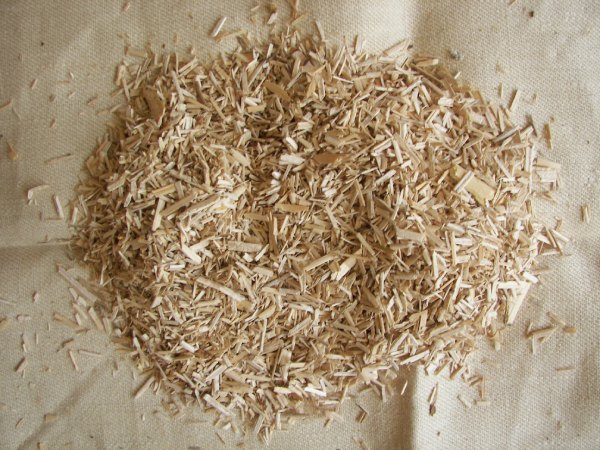
To begin with, hempcrete is not a structural material that can be used to build heavy load bearing structures. It is basically an insulation material whose essential component is hemp fibre, which is the desirable part of the hemp plant. This fibre is mixed with a lime-based binder such as calcium carbonate and water.
Hemp Hurd
Properties of Hempcrete
01. Moisture handling Capabilities
Vapour permeable walls of hempcrete allow moisture to naturally migrate without facing the danger of condensation and resultant water damage. Hempcrete has a vast moisture storage capacity. With permeable skins on both sides of the wall, it greatly reduces the chances of moisture related issues in any climate. The hemp hurd is the woody essence of the hemp plant. Hemp hurd is high in silica and when it is mixed with lime, there is a gradual mineralization of the hurd. (Hemp hurds is an agricultural product that is produced from hemp. It is the woody inner parts of the hemp stalk.)
02. Compressive Strength
‘S. Elfordy et.al’ (Published in Construction and Building Materials), conducted tests on hempcrete blocks and concluded that the compressive strength of hempcrete blocks ranges from 14.5 psi (1.02 kg/cm2) and 420 psi (29.5 kg/cm2). However, it is not typically used in a structural role but can be used to support or stiffen the lightweight wall framing members. The Density of Hempcrete ranges from 93.6 to 136.4 Kg/m3.Thus, it is lightweight.
03. Thermal Performance
The thermal properties of hempcrete are extraordinary. Hemp concrete achieves a steady state R value of approximately 1.5 to 2.0 per inch. Values can vary based on binder/Hemp ratio and the density achieved in mix. It has also passed the stringent 75-minute European burn test.
Uses of Hempcrete
01. Wall Insulation
02. Ceiling or roof insulation
03. Wall plaster
04. Floor slab insulation
05. Window insulation
06. Perimeter beam foundation
07. Decorative interior elements
08. Masonry matrix for cordwood construction
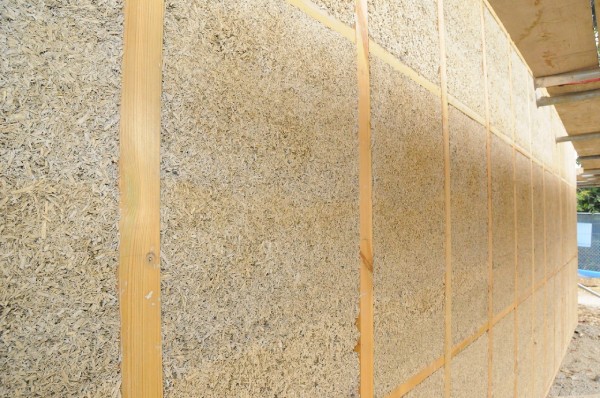
Wall Built with Hempcrete
Mixing of Hempcrete
The ideal machine used for the mixing of Hempcrete is a motor mixer with horizontal or vertical shaft. This machine is expensive and hard to find. While making hempcrete, generally, pure lime is not the only material that is used. Some natural hydraulic lime or some additives with pozzolans are also added to the mixture, so that the forms can be moved in a timely manner.
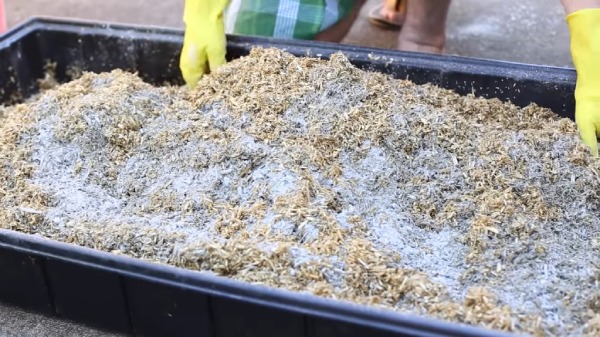
One-part of industrial hemp to one-partlime-based binder to one-part water is the conventional mix proportion used for hempcrete (1:1). First take appropriately processed and dried hemp hurd and add water to it, so that hurd can soak up that water. Because once lime binder is added to the mixture, the chemicals start to set. Once all the materials are added in order, it is properly mixed for about 7 to 8 minutes.The mix is then cast, which is basically put in the wall. This process is referred to as casting, since hempcrete is used in this process. After casting the hempcrete, the edges and the timber framing are tamped. The same procedure is continued until the top layer is reached.
Applications of Hempcrete
01. Plastering
Hempcrete can be sprayed on the interior or exterior surface of the building. It is suitable for areas vulnerable to cracking and knocks. It is also more suitable for patching in and making repairs to existing plaster. Spray applications reduce labour or formwork. But there is a possibility of increase in on-site waste. Lime plaster applied directly to hempcrete is the most common practice.
02. Form Packing

The most common method of building with hempcrete is to pack it around a wooden framing. The hempcrete is packed densely more towards the surfaces and loosely in the centre in order to maximize the insulating potential. The frame can either be centred or towards one side. Cladding is sometimes used to finish the exterior.
Form Packing of Hempcrete
03. Precast Insulation Panels
Building with Hemp concrete has evolved to an industrial practice that uses precast panels for very large structures. Precast panels can also be used for individually designed residences that are assembled on site. ‘The British Science Museum’, used hempcrete panels in an artefact storage unit because of the superior environmental control of temperature, humidity and energy savings.
04. Blocks/Bricks
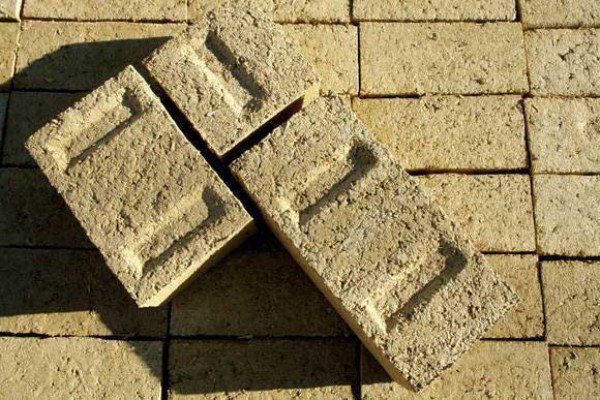
Blocks of hempcrete have been used in various places. ‘Monica Brummer’, a German architect working in Spain developed Cannabrick. Cannabrick uses clay instead of lime. It is suitable for dry climate. The blocks can be cut easily with a hand saw, which is useful for fitting them closely around the structural frame or even in order to reduce the wastage, the frame can be designed around the block. However, the overall strength of hempcrete is not such that these blocks can be used structurally to support the load of the roof, as concrete blocks would be.
Cannabrick
Advantages of Hempcrete
- One of the remarkable things about hempcrete production is that, it has a carbon negative footprint.
- It is resistant against mold as well as it is a moisture absorbent. It allows for natural ventilation of the building.
- It provides excellent acoustics. It is light weighted and moreover, it is environmental friendly too.
- It is great for biodiversity as it reduces the use of chemicals which in turn results in deep conditioning of the soil.
- High level of Carbon dioxide is absorbed by hemp which makes hempcrete a better building material in comparison to the other zero carbon materials. Hemp is the only building material that can remove carbon from the air. Other methods of insulation such as fiberglass have a consequential carbon footprint.
- Hempcrete is almost 7 to 8 times lighter than concrete. Hence, hempcrete blocks are fairly lightweight which can drastically reduce the energy and to a certain extent expense used to transport the blocks.
- It lacks the brittleness of concrete which means no expansion joints are required
- Since hempcrete is breathable, it reduces trapped moisture.
- Hemp concrete has a high amount of cellulose; hence it does not allow carbon to be released into the atmosphere. According to ‘Jere Komsi’ (Published in Bachelor’s Thesis – Thermal Properties of Hempcrete, a Case Study), a home made of hempcrete can save about 130 kg/m3 of carbon released into the atmosphere.
- Over the lifespan of hempcrete, it tends to harden as it sets.
- The buildings built with hempcrete do not require a HVAC system, partly because hempcrete creates a superior thermal performance. Hempcrete provides excellent thermal insulation. Using hempcrete eliminates the need of adding insulation to exterior walls.
- Hempcrete building requires less heating to remain comfortable. The heating energy is stored by the walls and reflected back inwards, thereby not allowing it to escape outwards. This will lead to an energy saving of over 50% to 70% on the heating bill.
Disadvantages of Hempcrete
- Hemp concrete cannot be used underground or underwater.
- The drying time of hempcrete is affected considerably by violent weather conditions. Hempcrete requires around 1 to 4 weeks of time for drying before enclosure.
- The cost of building with hempcrete is a little expensive in comparison to the other conventional methods.
- It is important to consider that concrete is extremely low maintenance and requires a fewer repairs making it a solid investment.
- Hemp is not as always readily available as traditionally building materials like concrete in most countries and it is declared illegal in a few countries as well.
- The only method of construction that can be adopted for building a home with hempcrete is construction of a timber framed structure. This is the only method that is scientifically validated.
- The hempcrete walls are thicker and it given less carpet area.
- The mechanical properties of the hempcrete are not desirable for a heavily loaded building.
- Yet, enough research is not being conducted on the industrial hemp and hempcrete as a building material. Also, there is a somewhat lack of builders/architects/engineers who are very well familiar with this product.
Should Industrial Hemp be Legalized?
India was once the biggest producer and supplier of Hemp. Hemp is misunderstood legally and industrially in India. Despite its rich history that dates back to over 2000 years, hemp is illegal and criminalized mainly for the “high” it gives. India’s rooted history is evidence of the high-quality hemp that Indian soil has the capability to produce, according to industry experts. Presently, there is a huge market for industrial hemp across the world for various purposes. As per the Narcotic Drugs and Psychotropic Substances Act, 1985, hemp was made illegal in India. But in the same act, it has also been clearly mentioned that the power is given to the state government to give permission to cultivate hemp for Seed oil, fibre and as a food source.
Making Hemp a self-sustainable crop in India is essential because it can prevent the farmer’s problems of reducing core unemployment and adds a lot to the economy of India. Currently, Uttarakhand and Uttar Pradesh are the two states in India which have the official permission for government supervised cultivation of hemp.
Given below is a comment box. Please do let us know in the comment box whether cultivation of hemp is permissible in your country or no? Further, would you want it to get legalized in your country or no? We would like to know your views regarding the same.
Here’s a video to sum up all the points mentioned above:
Summing up, hempcrete is a carbon negative hence it satisfies the condition of eco-friendly building material. Another plus point is, Hemp is a renewable natural resource capable of providing biomass alternatives to fossil fuels. Hemp cellulose and fibers can supply the demand for all products derived from wood. Hemp concrete can be used in the construction as an alternative for traditional insulation.
Also Read:
Foamed Cellular Light Weight Concrete | Applications & Advantages
M Sand-Manufactured Sand: Eco-Friendly & Economical Substitute to River Sand
Recycled Concrete Aggregates: Its Properties & Uses
Image Courtesy: Image 2, Image 3, Image 4, Image 5, Image 6
Author Bio
Arfa Falak – My name is Arfa Falak and I have my graduation in BE (civil). I live in Bangalore. I am an aspiring design Engineer.






